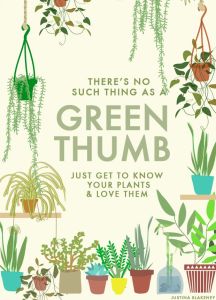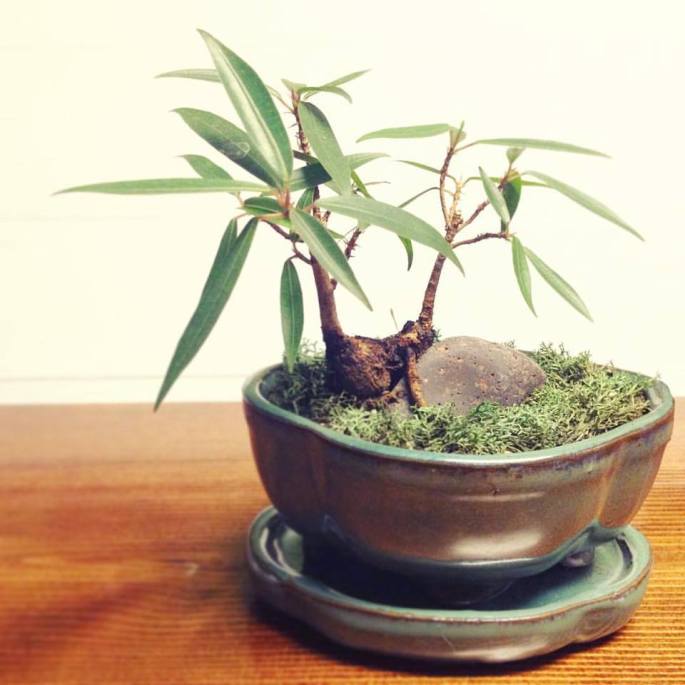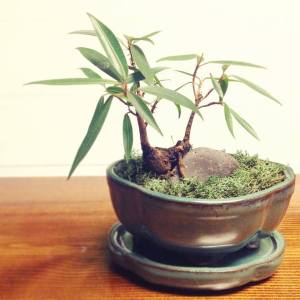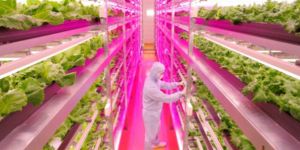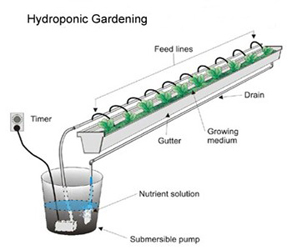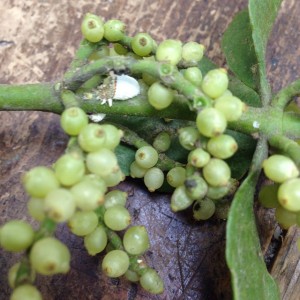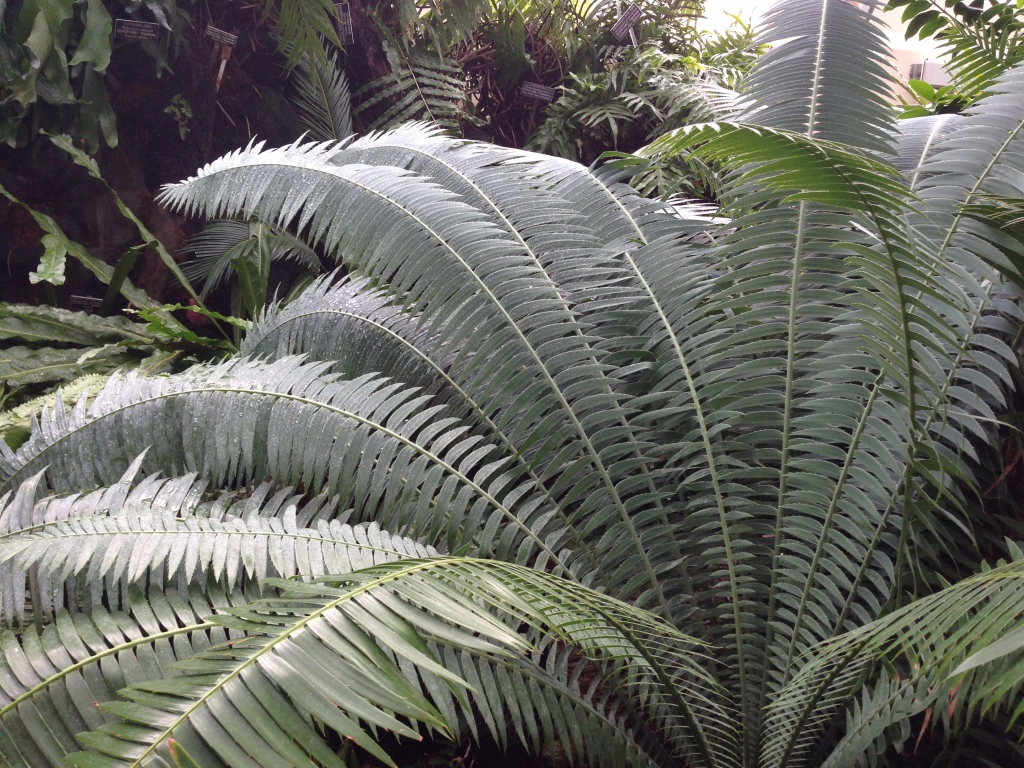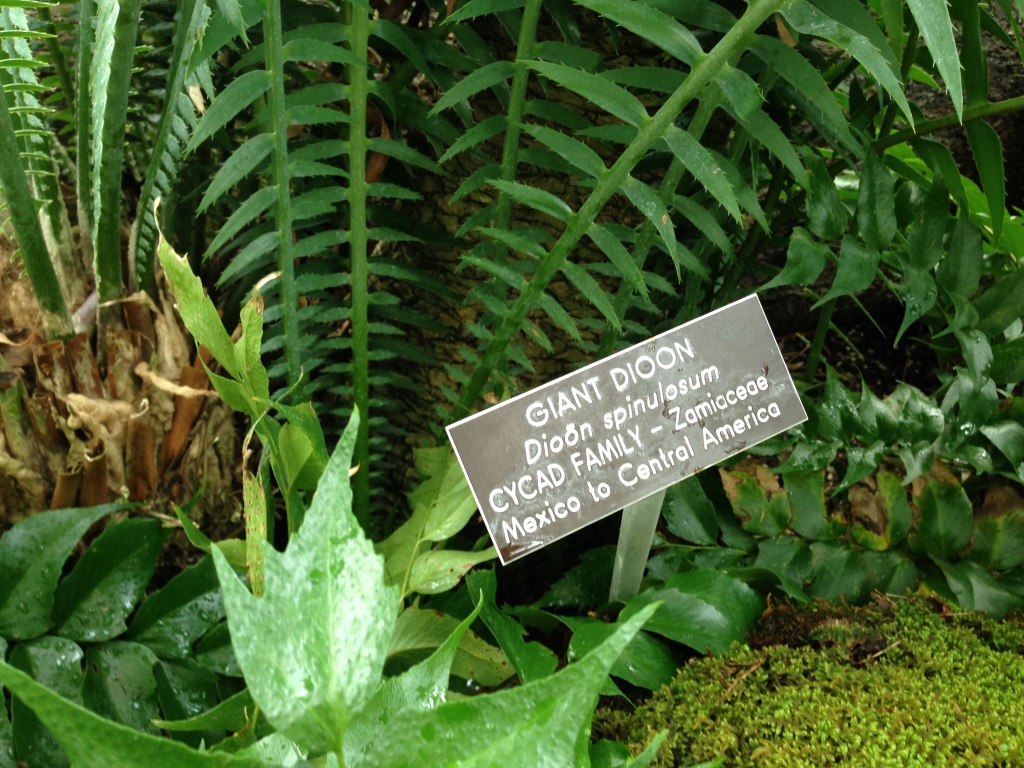Abstract
There are both benefits and risks in the consumption of sprouts. In relation to Flax seed, Flax sprouts have more available crude protein (Narina, 2012) . Broccoli sprouts have been found to have more anti-carcinogen factors than those of the mature crop (Fahey, 1997). Coconut sprouts have been studied in relation with cardiac diseases and have been proven to have preventative effects (Chikku, 2012). Studies and tests are being done in relation to the benefits of sprouts that we might have overlooked, such as Milkweed and White Lupine. The risks of eating the young immature plants are based on possible Salmonella and E. Colli contamination. These infections have occurred in several countries and are mostly linked to the poor or absent testing done by producers. This may pose more of a threat when grown in the home with little to no control over contamination. If the sprouts have been proven to be free of these pathogens, there are excessive benefits to consuming these immature plants.
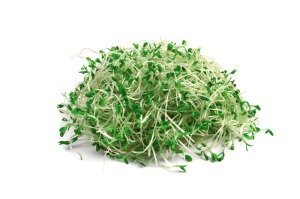
Similarities/Benefits
Most articles are proving that the consumption of sprouts to be very beneficial. Sprouts are extremely high in antioxidants, protein and vitamins, thus proving to have reverse effects on both cardiac disease and cancer. Broccoli, which was tested for it’s anti-carcinogen factors in relation to the growth and development of mammary tumors, was shown to have more available benefits when eating the three-day-old immature plant than eating mature Broccoli (Fahey, 1997). This due in part to the smaller size of the plant, thus being able to consume more at one time. Mature Broccoli also has larger quantities of indole glucosinates, which are potential tumor promoters. Flax seeds are a great source of protein, but a study shows that it’s germinated form actually has .6% higher amounts of protein than the seed. Flax sprouts also had 2.4% less crude fiber content and 6% more sugar. Macro and micro-nutrient levels were similar between seed and germinated forms of Flax (Narina, 2012). Coconut sprouts, due to their high levels of antioxidants, have had preventative and reverse effects in cardiac damage induced by isoproterenol in rats (Chikku, 2012). Coconut sprouts decreased oxidative stress in the heart, concluding that using them as a dietary supplement would be a great assistance in protecting the heart during a heart attack. Studies are showing that some plants we might not have thought much about might have great benefits in sprout form. White Lupine sprouts are showing to not only be edible but a great nutritional source. White Lupine sprouts have higher amounts of oil and protein than mung bean sprouts. In relation to crude fiber content, white Lupine was superior to Mung Bean and Alfalfa sprouts (Bhardwaj, 2012). Milk thistle is also being examined and certain varieties germinated under certain lighting conditions are showing to have high levels of antioxidants (Vakin, 2008).
Differences/ Hindrances
Worldwide reports of Salmonella and Escherichia coli in seed sprouts are certainly a risk factor when it comes to the consumption of these plants. These articles are suggesting that no one eat the sprouts unless they have been tested and proven to not contain these pathogens, especially those with weakened immune systems such as children or the elderly (Taormina, 1999). A national Salmonella outbreak in Finland was found to have one source, a producer in Italy. Both the seeds and the soaking water were found to be contaminated. It was suggested that the producer only purchase seed that has been tested for Salmonella and then test the germinated seed again before it is distributed (Rimhanen-Finne, 2011). An at home seed sprouting kit sold to consumers was found at fault during an outbreak of both Salmonella and E.coli back in the nineteen nineties in the United States (Taormina, 1999). The risk of such dangerous infections might prevent consumers from eating sprouts and they may choose to not take any chances, potentially staying away from sprouts altogether.
Summary
Examining these articles together shows us that, while there might be risks involved, sprouts still have many benefits. Certain tests and procedures to ensure there are no infectious pathogens should be standard protocol. When growing sprouts in the home, daily rinsing and soaking should be preformed to lessen the chances of these infections. Since so many different sprouts have been shown to have great benefits, including higher amounts of protein, antioxidants and vitamins than their seed and mature forms, it can be deduced that eating an assortment of these sprouts would be greatly beneficial.
Studies of the beneficial characteristics are proving to be extremely worthwhile. The more studies done on the immature plants might unveil some key components in the developments of medicines and antioxidants. The more we know about the benefits and hindrances of the germinated plants, the sooner we can start to harness their abilities to help us in fighting infections and disease and promoting healthy lifestyles.
References
Bhardwaj, H. L., & Hamama, A. A. (2012). Yield and Nutritional Quality Traits of White Lupin Sprouts. Journal Of Agricultural Science (1916-9752), 4(1), 58-61. doi:10.5539/jas.v4n1p58
Chikku, A., & Rajamohan, T. (2012). Dietary coconut sprout beneficially modulates cardiac damage induced by isoproterenol in rats. Bangladesh Journal Of Pharmacology, 7(4), 258-265. doi:10.3329/bjp.v7i4.12143
Fahey, J. W., Talalay, P. P., & Zhang, Y. S. (1997). Broccoli sprouts: an exceptionally rich source of inducers of enzymes that protect against chemical carcinogens. Proceedings Of The National Academy Of Sciences Of The United States Of America, 94(19), 10367-10372.
Narina, S. S., Hamama, A. A., & Bhardwaj, H. L. (2012). Nutritional and Mineral Composition of Flax Sprouts. Journal Of Agricultural Science (1916-9752), 4(11), 60-65. doi:10.5539/jas.v4n11p60
Rimhanen-Finne, R. R., Niskanen, T. T., Lienemann, T. T., Johansson, T. T., Sjöman, M. M., Korhonen,
T. T., & … Kuusi, M. M. (2011). A Nationwide Outbreak of Salmonella Bovismorbificans Associated with Sprouted Alfalfa Seeds in Finland, 2009. Zoonoses & Public Health, 58(8), 589-596. doi:10.1111/j.1863-2378.2011.01408.x
Taormina, P. J., & Beuchat, L. R. (1999). Infections Associated with Eating Seed Sprouts: An International Concern. Emerging Infectious Diseases, 5(5), 626-634.
Vaknin, Y., Hadas, R., Schafferman, D., Murkhovsky, L., & Bashan, N. (2008). The potential of milk thistle (Silybum marianum L.), an Israeli native, as a source of edible sprouts rich in antioxidants. International Journal Of Food Sciences & Nutrition, 59(4), 339-346. doi:10.1080/09637480701554095
*This is a literature review I did for school in April 2013




